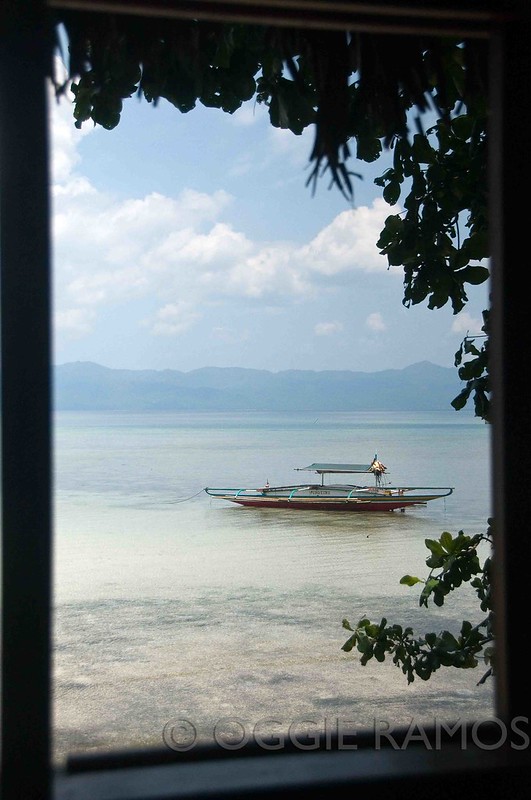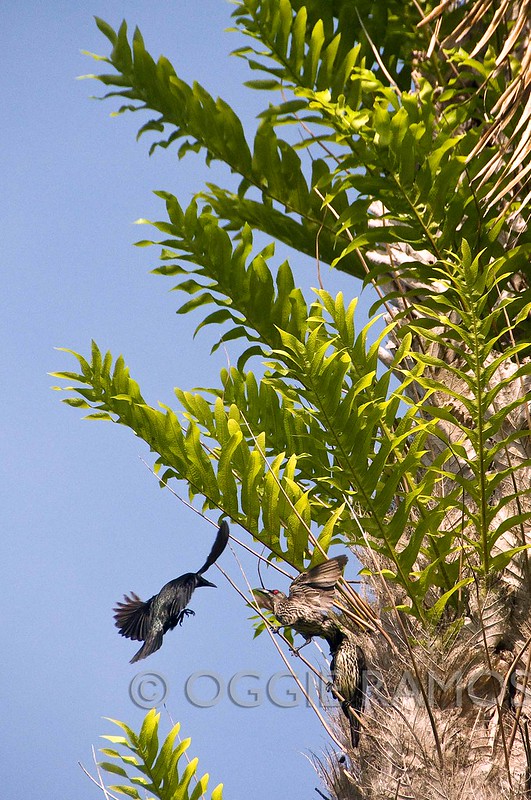 |
| Birds we found trilling high above the coconut trees in Cagbalete |
This is the second part of my two-part post series on the Quezon Province roadtrip/test drive of Kia Carnival assignment for InFlight Magazine. In this post, we visit the town of Mauban and cross over to Cagbalete. To read the first part of the series, just click this link.
Setting out for Mauban and Cagbalete Island. The closest we got to following our itinerary was on our third day when we traveled further northwest to Mauban, just three towns away from Padre Burgos and close to Lucena City, the capital of Quezon Province. Arriving early ahead of schedule, we had to time to look for a place to have Pancit Habhab (fried noodles laced with pork ideally eaten with pinakurat, a strongly-flavored vinegar made from fermented coconut water), the quintessential Quezon dish.
Setting out for Mauban and Cagbalete Island. The closest we got to following our itinerary was on our third day when we traveled further northwest to Mauban, just three towns away from Padre Burgos and close to Lucena City, the capital of Quezon Province. Arriving early ahead of schedule, we had to time to look for a place to have Pancit Habhab (fried noodles laced with pork ideally eaten with pinakurat, a strongly-flavored vinegar made from fermented coconut water), the quintessential Quezon dish.
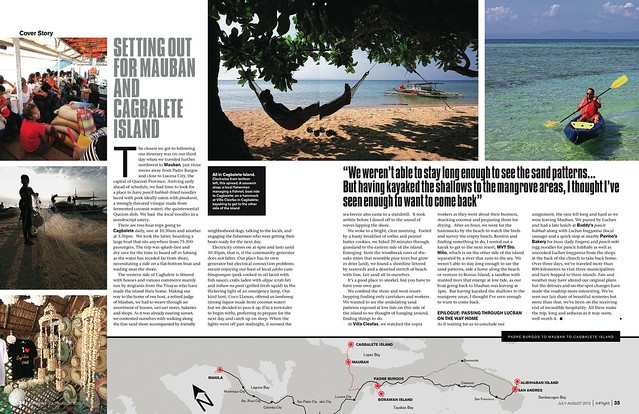 |
| Chilling out in Cagbalete |
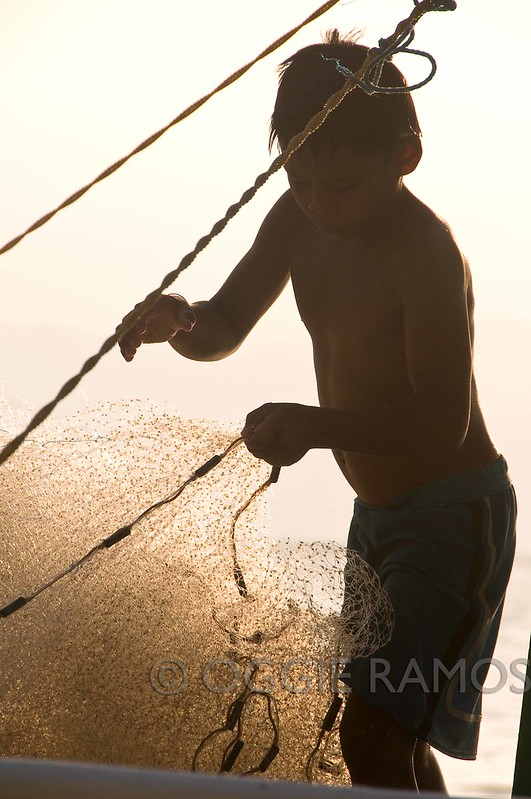 |
| No such thing as being too young to help in the fishing |
Electricity comes on at 6pm and lasts until 10:30pm, that is, if the community generator does not falter. Our place has its own generator but electrical connection problems meant enjoying our feast of local adobo cum binagoongan (pork cooked in oil laced with fish sauce), crabs laden with aligue (crab fat) and inihaw na pusit (grilled fresh squid) in the flickering light of an emergency lamp. Our kind host, Coco Llamas, offered us lambanog (strong liquor made from coconut water) but we decided to pass it up (I’m a teetotaler to begin with), preferring to prepare our stuff for the next day and catch up on sleep. When the lights went off past midnight, it seemed the sea breeze also came to a standstill. It took awhile before I dozed off to the sound of waves lapping the shore just outside the window.
We woke to a bright, clear morning. Fueled by a hasty breakfast of coffee and peanut butter cookies, we hiked 20 minutes through grassland to the eastern side of the island.
We combed the shore and went resort-hopping mainly finding only caretakers and workers. We wanted to see the undulating sand patterns exposed at low tide on this side of the island so we thought of hanging around, finding things to do.
At Villa Cleofas, we ogled the copra workers as they go about their business, shucking coconut and preparing them for drying. After an hour, we lie in hammocks by the beach to watch the birds and survey the empty beach. Restless and wanting to find something to do, I rented out a kayak to get to the next resort, MVT Sto. Niño, which is on the other side of the island separated by a river that runs to the sea.
We weren’t able to stay long enough to see the sand patterns, ride a horse along the beach or venture to Bonsai Island, a sandbar with stunted trees that emerge at low tide, as our boat going back to Mauban was leaving at 1pm. But having kayaked the shallows to the mangrove areas, I thought I’ve seen enough to want to come back.
Epilogue. Passing through Lucban on the way home
As if waiting for us to conclude our assignment, the rain fell long and hard as we were leaving Mauban. We passed by Lucban and had a late lunch at Buddy’s (Pancit Habhab along with Lucban longganisa (local sausage) and a quick pasalubong stop at nearby Pavino’s Bakery for broas (lady fingers) and pancit miki (egg noodles for Pancit Habhab) as well as uncooked Lucban longganisa from the shops at the back of the church to take back home.
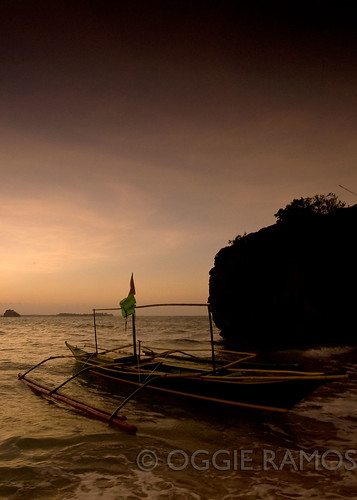 To read Part 1 of this 2-Part Post, click here.
To read Part 1 of this 2-Part Post, click here. Attribution: This story was published in Inflight Magazine's July - August 2012 Issue under the title "Crossing Wild Quezon by Mini-Van" • Photos by Hermes Singson and Jocas A. See • Art direction by Jocas A. See • Photos 1, 3, 4 & 6 in this post by Oggie Ramos
Our thanks to our hair and makeup contributing stylist Rocky Orejola for recommending off-the-beaten places in Quezon. Our thanks also to our generous Quezon locals for extending assistance to the InFlight team: Judge Virgilio Alpajora (for housing the team in his resort on Cagbaleta Island) and Coco Llamas of Mauban; Cely Rances and Playa’s Beverly of Padre Burgos; and Dina dela Torre of San Andres

